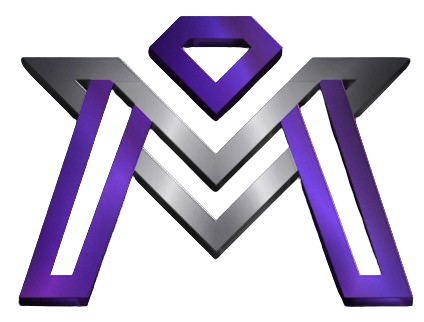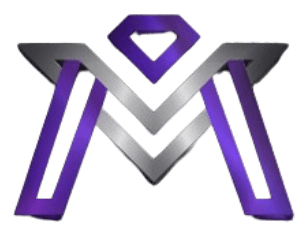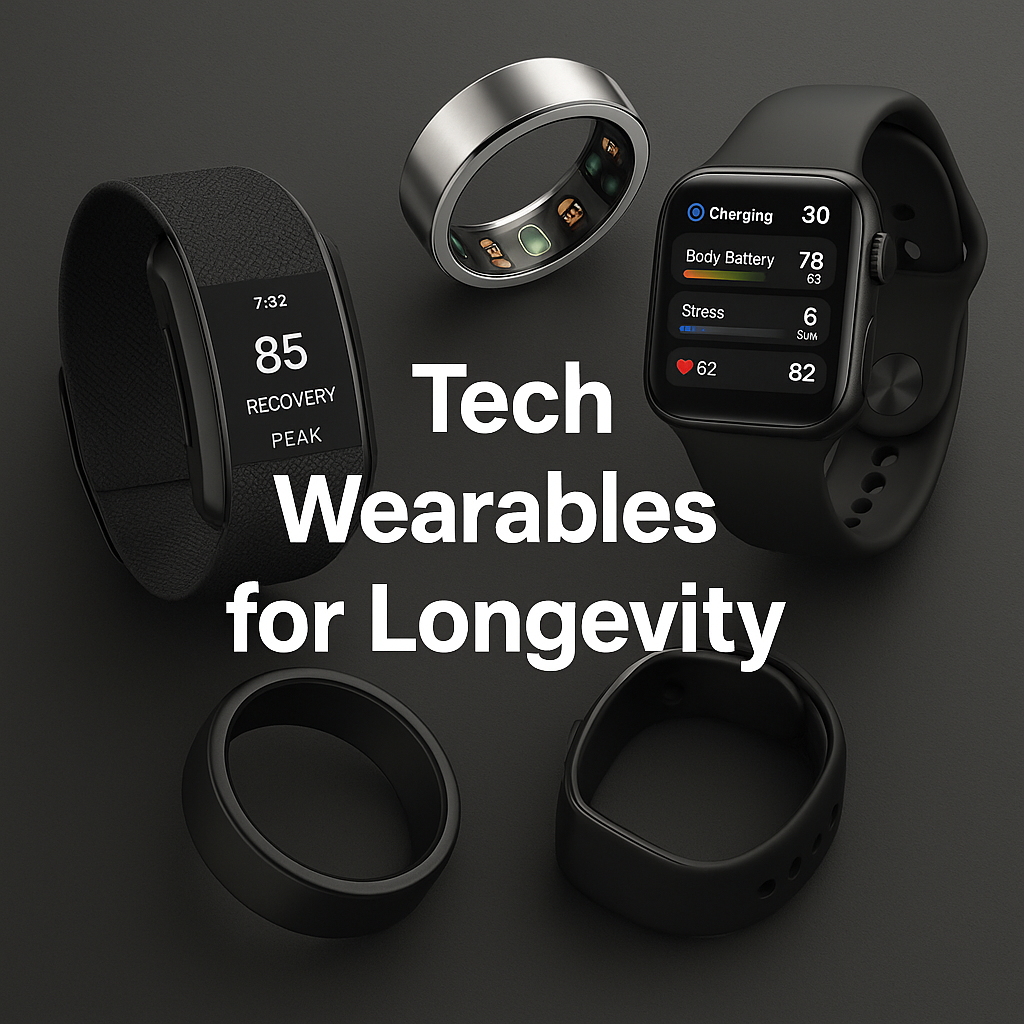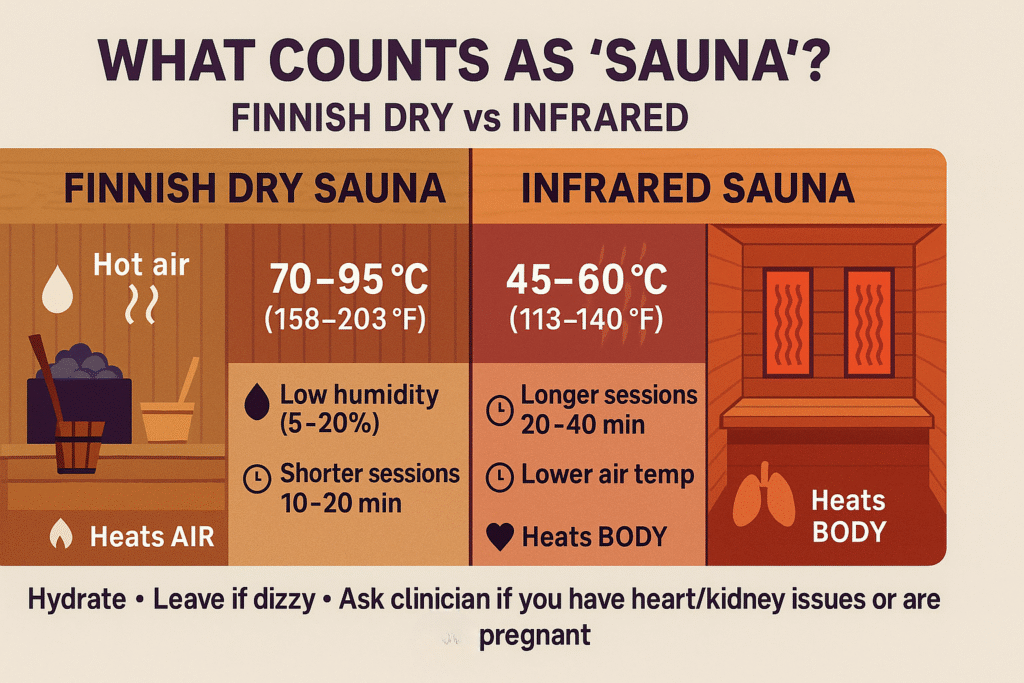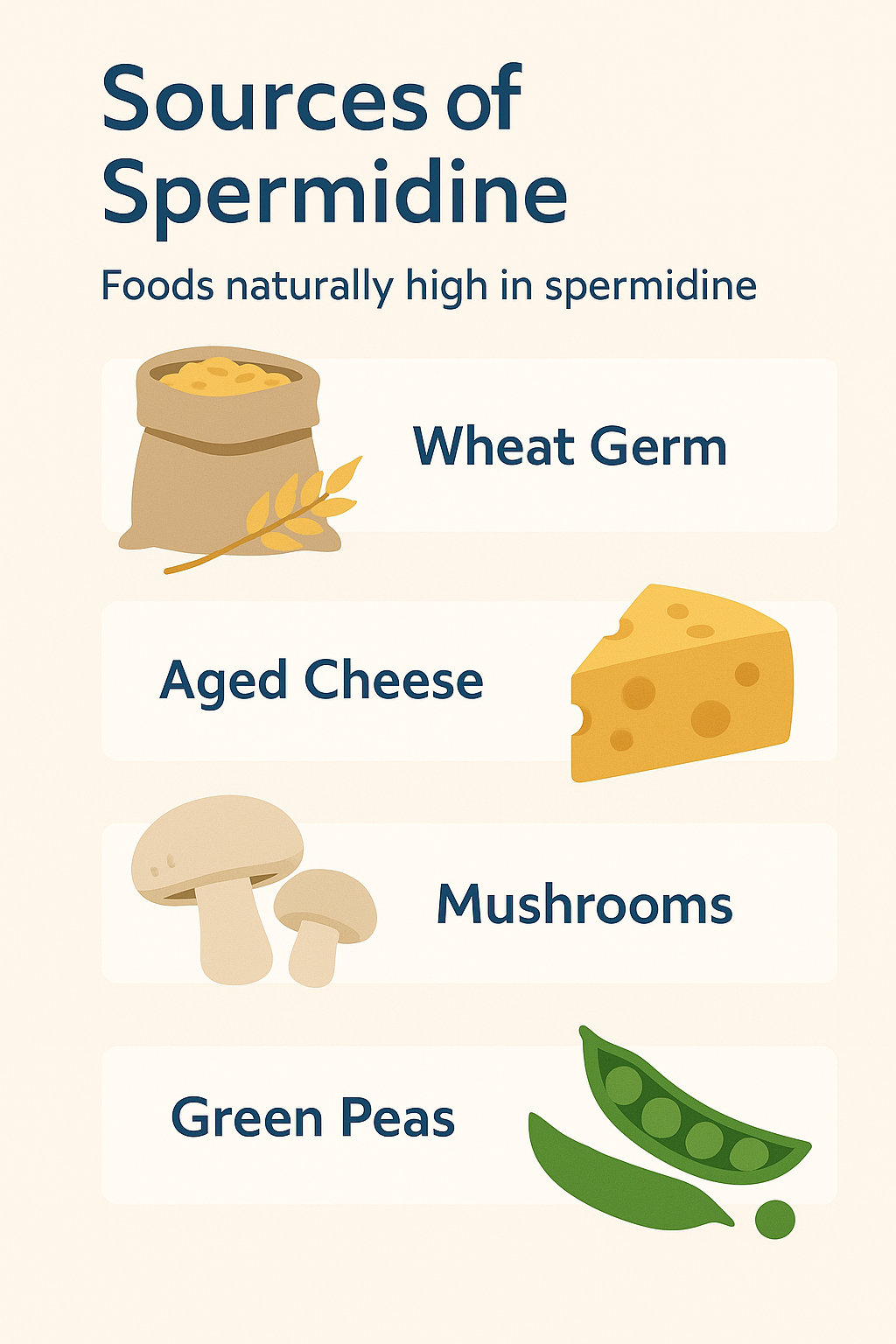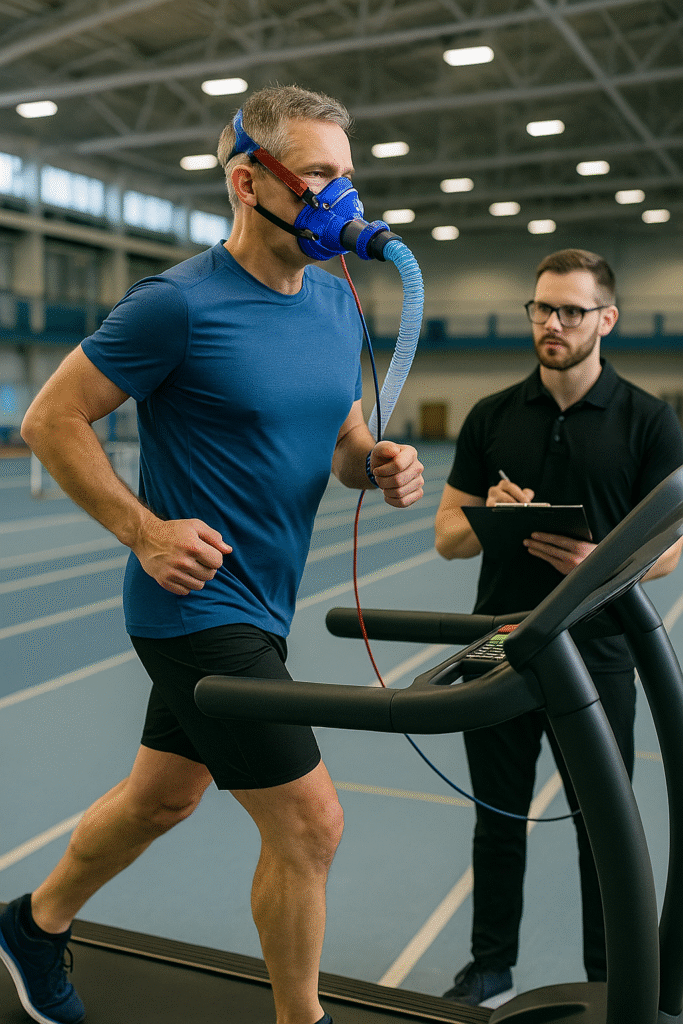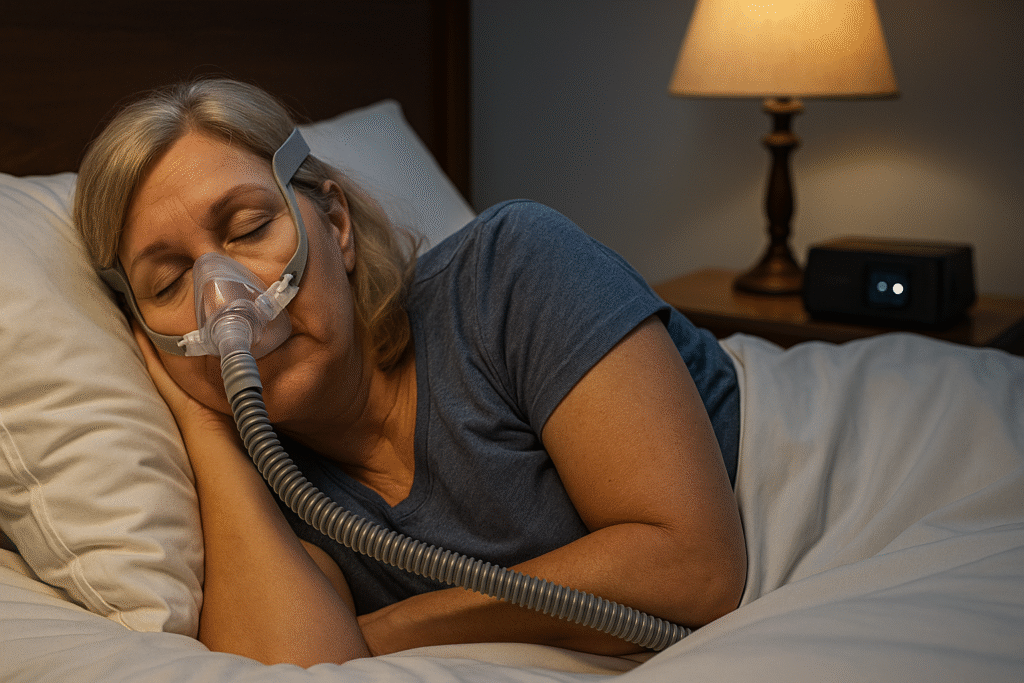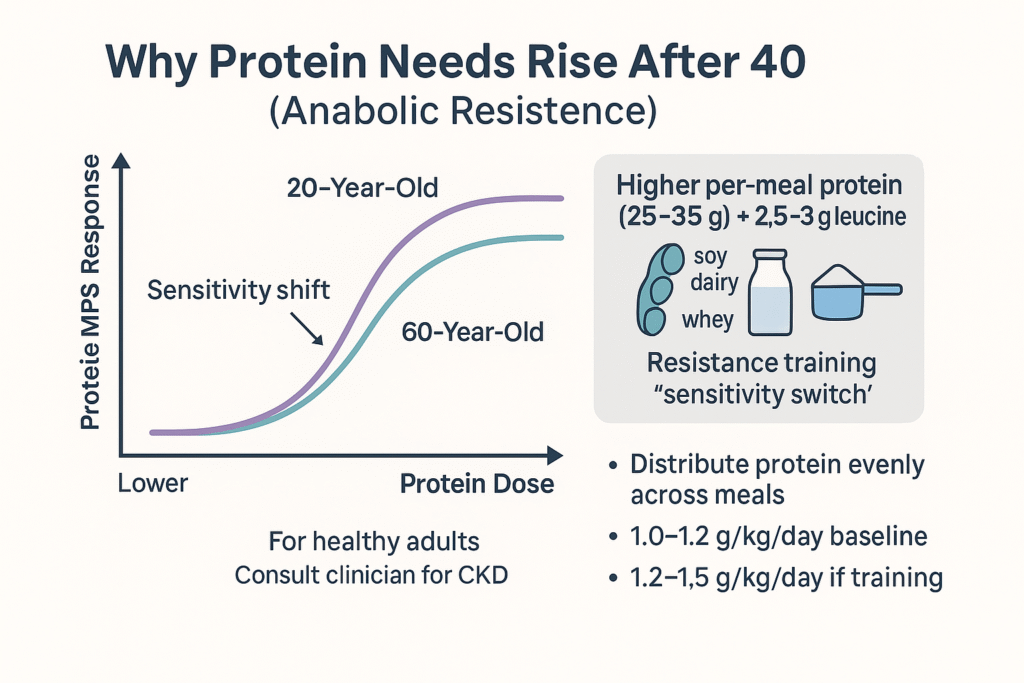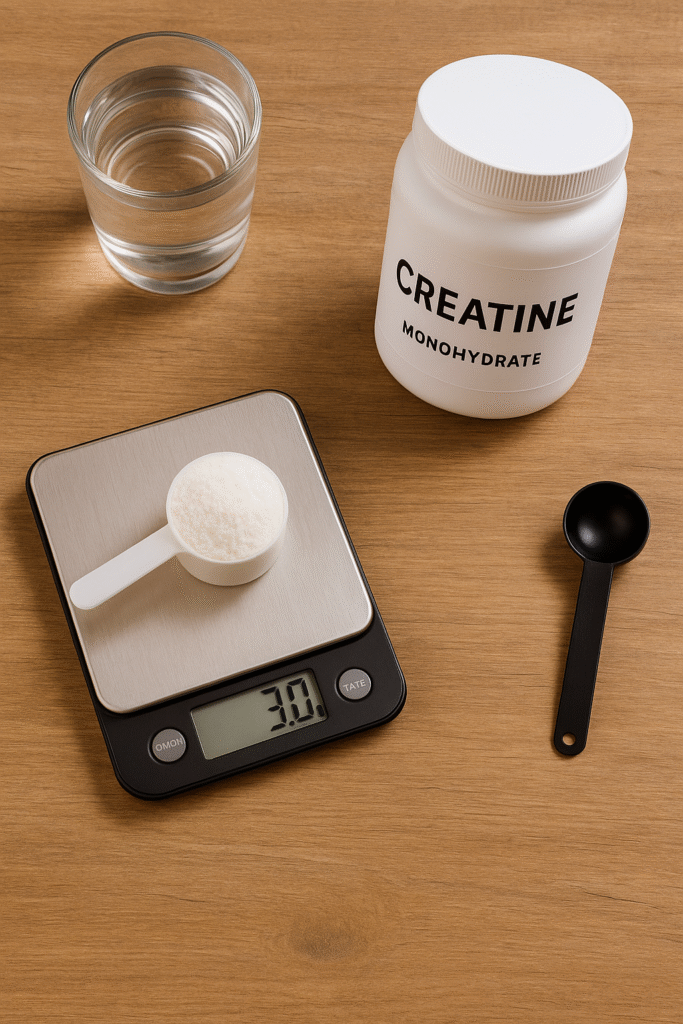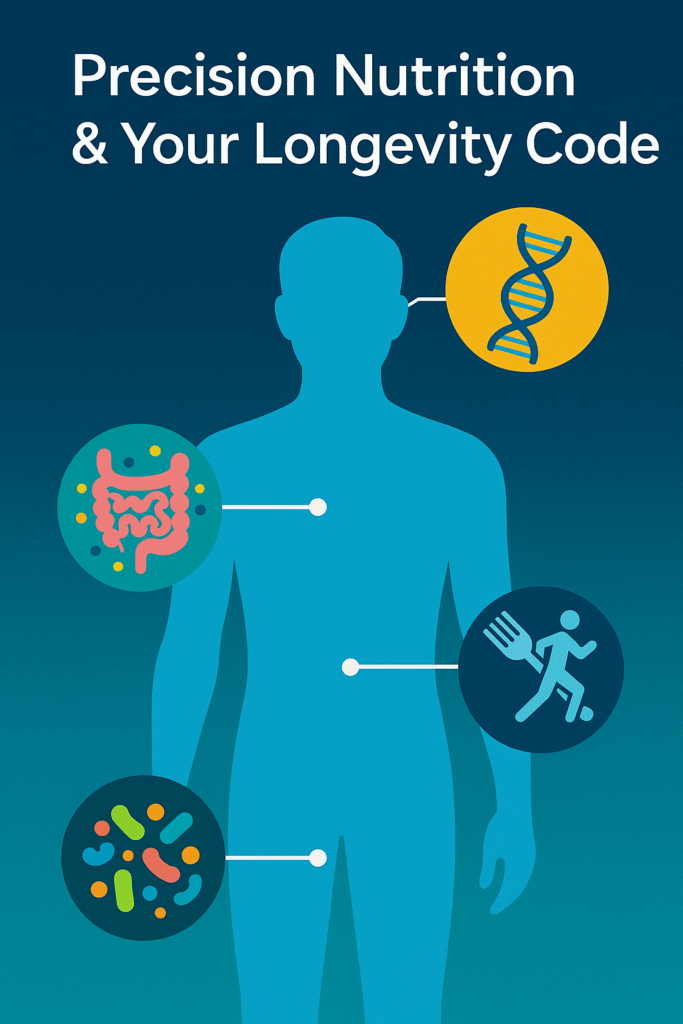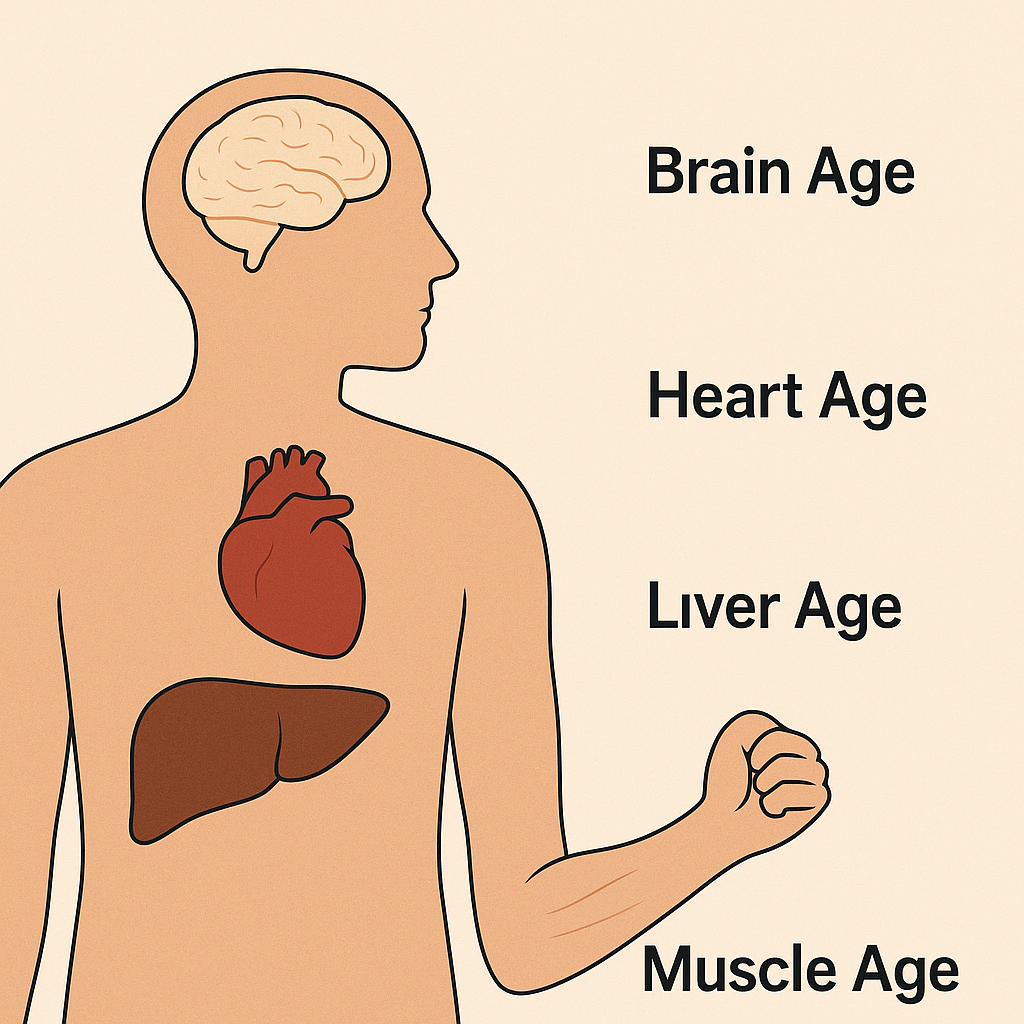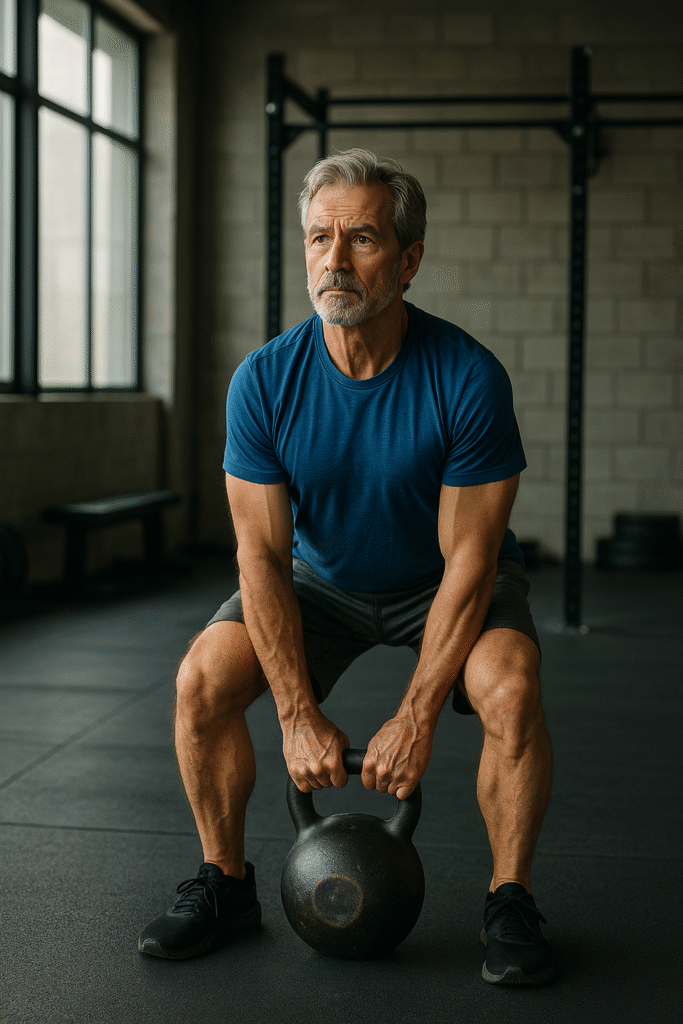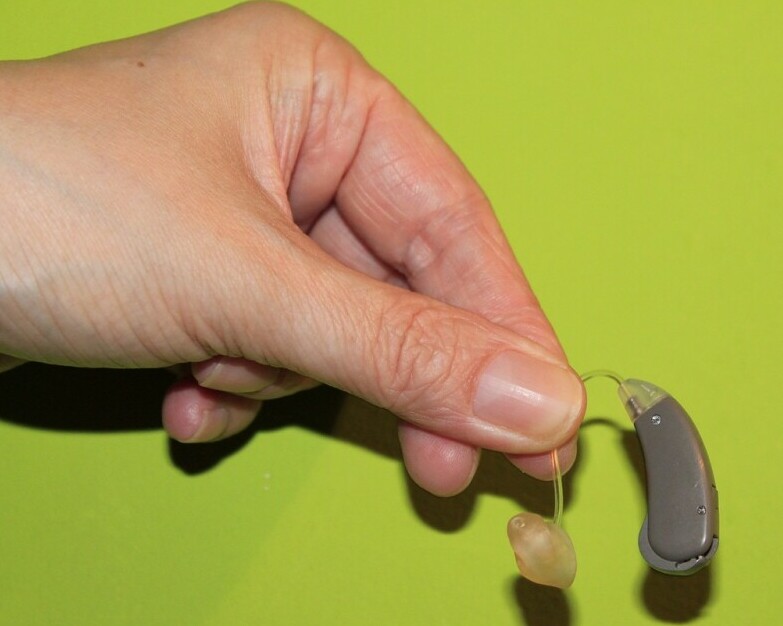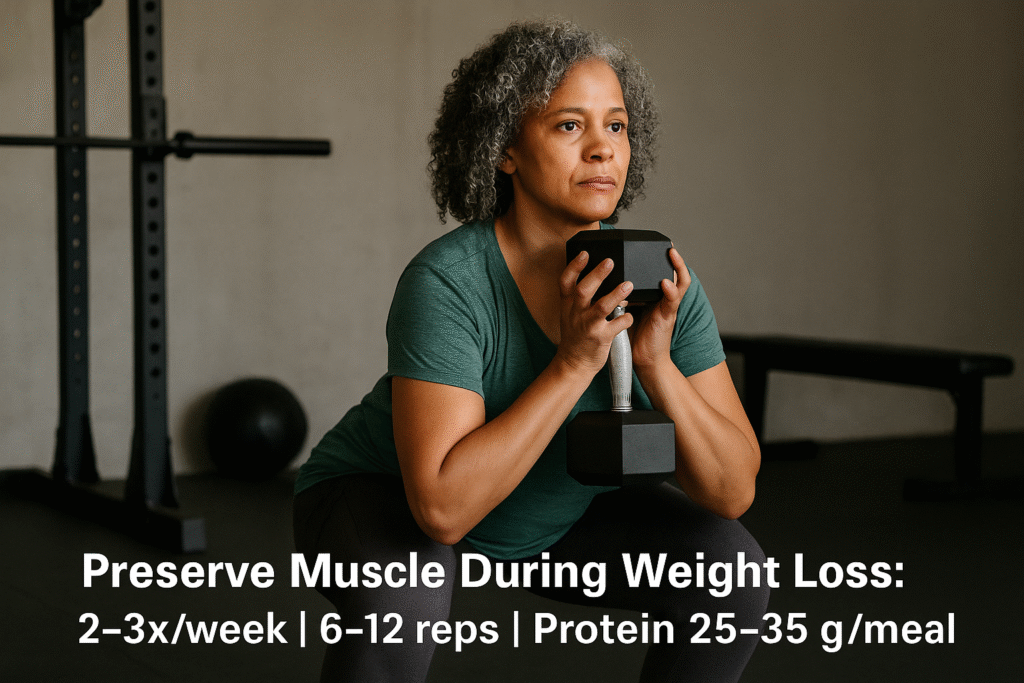Key Takeaways
Cutting-edge research shows that digital biomarkers, wearable devices, and AI-driven wellness systems are becoming the front line of longevity optimization—helping track, predict and improve health-span after 40. Founders Forum Group+2Super Age+2
After 40, your body changes in subtle ways—recovery time lengthens, sleep architecture shifts, and homeostatic reserve drops—so using smart tools to monitor these changes gives you a proactive edge.
The “toolkit” isn’t about gadgets—it’s about actionable data: monitoring physiological trends, establishing feedback loops, and using those insights to tailor strength, sleep, nutrition and recovery for sustained vitality.
What It Is & Why It Matters

The concept of a “smart longevity toolkit” refers to the integrated ecosystem of wearables, sensors, apps, and AI platforms that allow you to monitor your biological state continuously, interpret data in real-time, and adjust your lifestyle proactively. Rather than waiting for a disease event, the toolkit empowers you to act when small signals start deviating from your baseline.
Why this matters after age 40:
Many age-related declines (e.g., in VO₂max, heart rate variability, sleep depth) start silently and gradually. Traditional check-ups may miss them until they become more serious.
With real-time monitoring, you can detect “physiological drift” and intervene earlier—improving outcomes with lower cost and less disruption.
The global wellness market shows strong demand: up to 60 % of consumers in multiple countries now state that living healthy longer is a top priority. McKinsey & Company+1
Technology is making this accessible. At events like CES 2025, the “longevity theme” dominated with smart mirrors, AI sleep-pods, and multi-sensor wearables. VSP Vision+1
In short: if you’re serious about aging well, you can’t rely solely on general advice—you need personalized, data-driven insight, and the right tools to act on it.
The Science: What’s Supported vs. Emerging
Evidence-Backed Benefits

Monitoring biological age via digital biomarkers and epigenetic clocks is rapidly gaining validity; technologies now interpret multi-system data (sleep, HRV, metabolic markers) to estimate aging pace. genfosis.com+1
Advances in biometric wearables (e.g., HRV, sleep staging, stress load) allow early detection of autonomic imbalance, which is strongly associated with ageing and mortality risk. Super Age+1
Consumer behaviour research shows a major shift: wellness tech, wearables, and monitoring subscriptions are among the fastest-growing segments in the longevity economy. World Economic Forum Reports+1
Emerging Research & Future Potential
AI-driven biomarker integration now enables real-time ageing fingerprints—for example machine-learning models using CRP, IL-6 and HRV to estimate biological age with high accuracy. arXiv
Smart home technologies (smart mirrors, ambient sensors) are starting to function as passive longevity monitors, tracking gait, posture, sleep quality and cardiovascular signals without active input. VSP Vision
The convergence of multi-omics (genomics + proteomics + digital phenotyping) promises an era where your longevity toolkit will become your personal dashboard rather than just a fitness tracker. LinkedIn+1
How to Build Your Smart Longevity Toolkit After 40
Step 1: Establish Your Baseline
Choose a wearable or sensor device capable of tracking sleep, HRV, recovery load and metabolic status.
Collect 30- to 90-day data to understand your “norm” for sleep quality, resting heart rate, HRV, recovery time and movement patterns.
Consider a periodic blood test or biomarker panel (CRP, IL-6, fasting insulin) to link your digital metrics to biological outcomes.
Record your lifestyle context: job stress, travel routines, workout schedules, meal timing and screen exposure—so your data has meaningful variables.
Step 2: Monitor Trends & Detect Deviations
Set alerts if HRV stays below your normal range for 3+ consecutive days, or if sleep efficiency drops below 80 %.
Use your toolkit to spot early drift: slower recovery, elevated resting heart rate, more variability in sleep stages, decreased activity resilience.
For example, if after 40 you notice your VO₂max improvements plateau or you feel more fatigued—your wearable’s metrics may reveal why.
Interpret the data: no single data point matters—but patterns do. Combine digital metrics + blood data + lifestyle context to make sense of the signals.
Step 3: Take Action Based on Insights
| Insight | Action | Why It Matters |
|---|---|---|
| HRV dropping, elevated resting HR | Scale back workout intensity, prioritise sleep & recovery | Supports autonomic nervous system & prevents over-training |
| Sleep efficiency < 80 % | Limit screens 2 hrs before bed, cool bedroom, adjust bed-time | Sleep is essential for regeneration & biological age control |
| Post-meal glucose spikes (via CGM or wearable) | Introduce low glycaemic-index meals, fiber before carbs, walk after meals | Improves metabolic flexibility & insulin responsiveness |
| Movement patterns decline | Schedule resistance training 2-3×/week, add NEAT (non-exercise activity) | Preserves muscle, bone and functional independence |
| Sudden change in recovery score | Investigate stress, travel, illness; add meditation, light cardio, optimise nutrition | Realigns resilience and recovery capacity |
Step 4: Iterate & Optimise
Review monthly and quarterly: what changed? Did sleep improve? HRV trend upward? Was recovery load manageable?
Adjust based on your age group (40–49, 50–59, 60+). What your body responds to may evolve.
Stay realistic—your goal is better trajectories, not perfection. Sustained improvement over years beats short-term performance spikes.
Who Should Use It … and Who Should Wait
Ideal for: Adults 40+ who are proactive, digitally comfortable and ready to translate data into action rather than simply collecting metrics.
Modify if: You have serious acute illness, aren’t ready to act on data, or struggle with consistency—basic lifestyle first, tech second.
Wait if: You’re overwhelmed by devices, tracking stress, or willing to outsource this to a coach—then consider starting with 1 core wearable + 1 actionable metric instead of full-stack arsenal.
Product Recommendations to Leveraging Health Wearables
 4.2$299.00Buy Now
4.2$299.00Buy NowResearch-grade ring tracker without a Subscription focusing on sleep, HRV, metabolic health—great for age-40+ professionals who want data without bulky watches.
Longer battery with 10-12 days battery life in an Ultra-Thin Design.
Cost effective alternative when compared to the Oura Ring 4.
We earn a commission if you make a purchase, at no additional cost to you.
11/04/2025 02:24 am GMT 4.2$239.00Buy Now
4.2$239.00Buy NowA premium wearable targeting those serious about longevity metrics—24/7 monitoring of recovery, VO2 Max, HRV, and “pace of aging” insights.
12 Month Membership included with 14+ days of battery life.
We earn a commission if you make a purchase, at no additional cost to you.
11/04/2025 02:24 am GMT 4.2$139.00Buy Now
4.2$139.00Buy NowThe Healbe GoBe is a smart watch that automatically measures calorie intake from food and drinks, eliminating the need for manual logging.
It tracks body hydration by monitoring intracellular water and provides automatic reminders to drink water when needed.
The GoBe combines data on calorie intake, expenditure, activity, and steps to offer comprehensive insights into nutrition and overall health.
We earn a commission if you make a purchase, at no additional cost to you.
11/04/2025 03:02 am GMT
Expert Insight & My Perspective
Over the years, I’ve observed how people in their 40s and 50s often gather wearables and logs—but lack the feedback loop that turns data into change. My big takeaway: tools don’t guarantee transformation, what you do with the data does. Your body after 40 is no longer the same vessel with the same capabilities as it was in your 20s. Health Tech Wearables help you monitor, detect, adjust, and recover when you take action against the data. The tools we’re recommending don’t replace your habits—they magnify them. The era of passive aging is over; the era of active, data-driven vitality is here.
Conclusion
Aging smarter begins with awareness — but transformation begins with action. Your Smart Longevity Toolkit isn’t just about tracking numbers; it’s about taking ownership of the years ahead. Each metric, each night of improved sleep, and each stress-managed day becomes a data-point in the story of your vitality. The tools you choose today — your wearable, your nutrition insights, your recovery habits — form the feedback loop that determines how strong, sharp, and capable you’ll be a decade from now.
So start today. Pick one device, one habit, one health marker — and commit to mastering it. Then layer the next. Over time, your data becomes your roadmap. Join the Marquee Vitality community and learn how to interpret your own longevity signals, optimize your daily performance, and design a future that’s not only longer but limitless in energy and purpose.
FAQ
Q1: Do I need all these tech tools right away?
No—start with one core tracker (sleep or recovery) and build from there. Focus on your consistency before adding complexity.
Q2: Will wearables actually extend my lifespan?
Direct lifespan proof is limited; however, they do enhance early detection, support better habits and improve health-span, which is a proxy for longer, better life.
Q3: What if I’m not tech-savvy?
Choose a device with a strong app, simple dashboard and assign one key metric (e.g., HRV or sleep efficiency) to track for 90 days.
Q4: Aren’t wearables expensive?
Some are premium—but you don’t need the top end to benefit. Pick one consistent tracker and leverage the data.
Q5: Can I rely only on these devices and skip medical check-ups?
No—wearables complement, not replace, clinical care. Use them as an early-warning system, but continue regular physician check-ups.
Related Reads & Internal Links
“Organ-Specific Aging Clocks: How to Track, Slow & Reset Your Body Clock After 40” — explores organ-by-organ aging and how digital monitoring ties in.
“Strength Training for Longevity” — how resistance work complements your toolkit data to protect muscle and metabolic health.
“Precision Nutrition & Your Longevity Code” — shows how diet, data and digital feedback can synergize for maximum vitality.
“Sleep & Brain Health Over 40” — ensuring your sleep toolbox aligns with your wearable data and recovery strategy.
